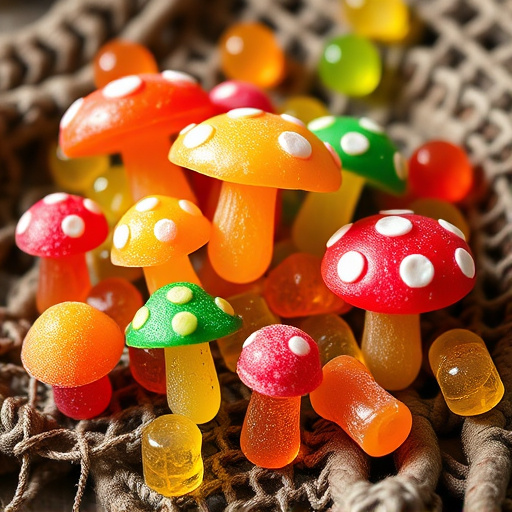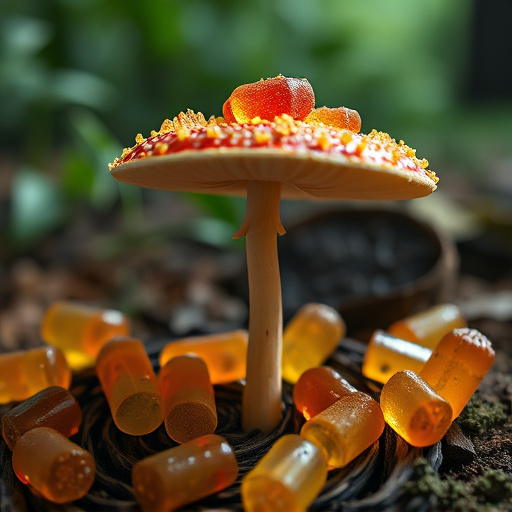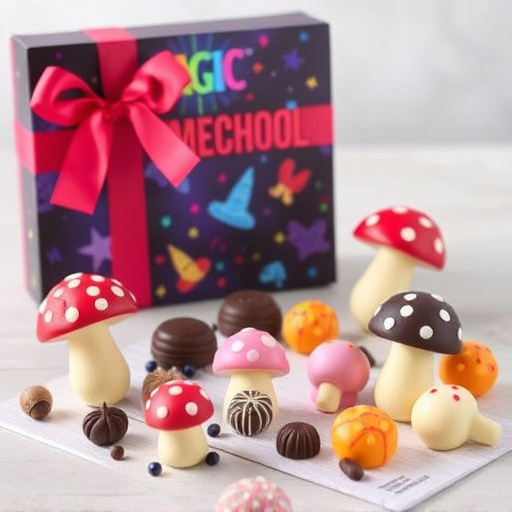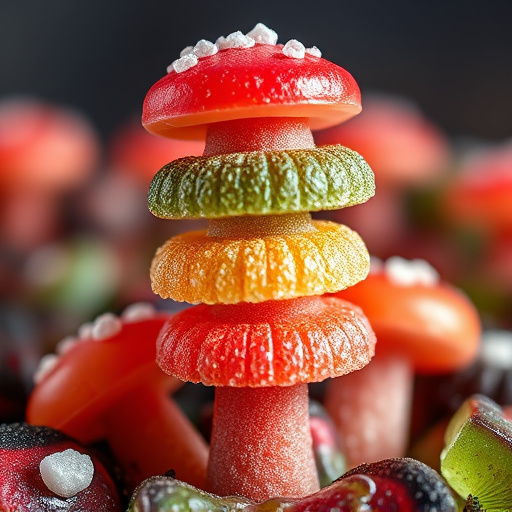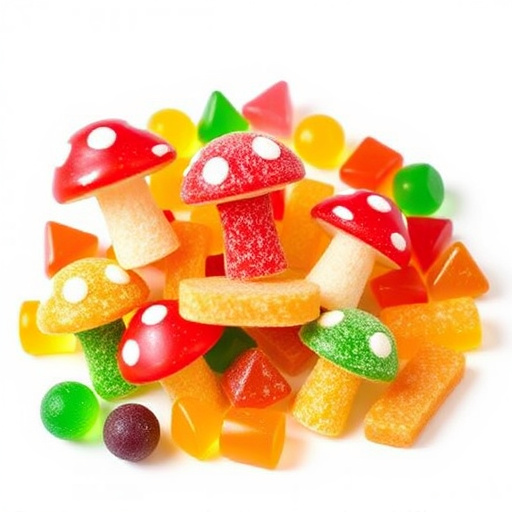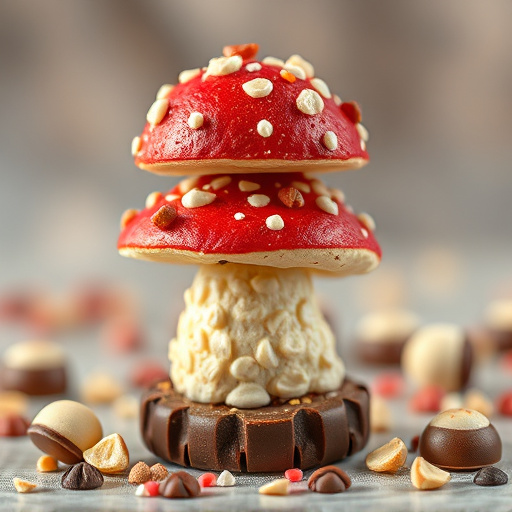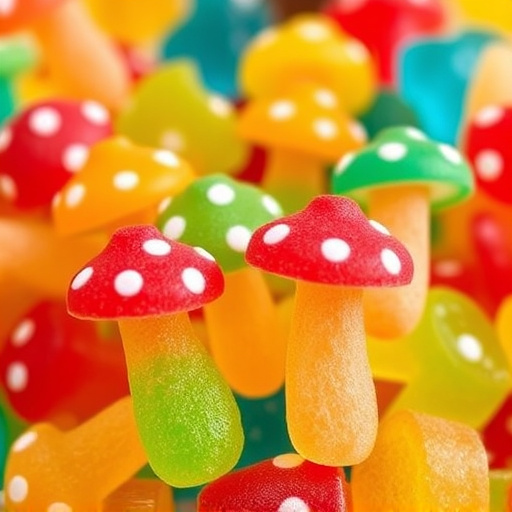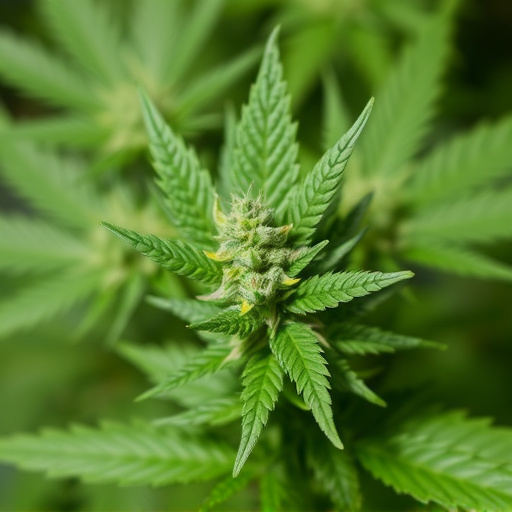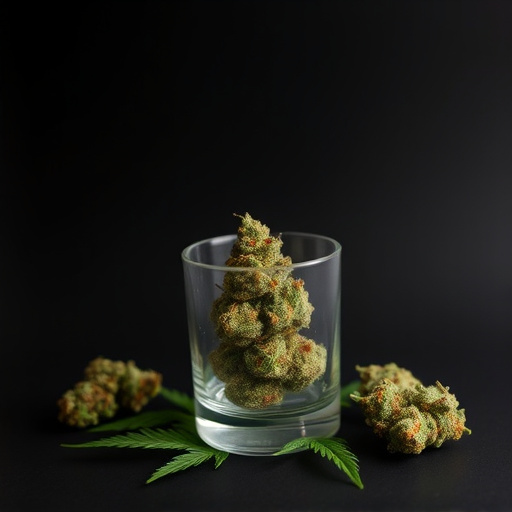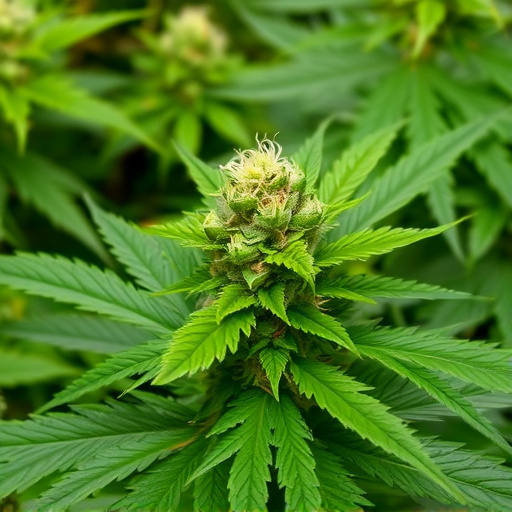Cannabis cup strains, celebrated for their superior potency, are shaped by genetics, cultivation techniques, and environmental factors. Cultivators can significantly enhance flower potency through strategic choices, including strain selection (high-CBD, low-THC or balanced CBD:THC), meticulous growing conditions (light, temp, humidity control), and proper curing/drying post-harvest. These techniques culminate in dense, resinous buds with robust flavors, as showcased by top-performing varieties at prestigious Cannabis Cup events, favored both by competitors and cannabis enthusiasts worldwide.
Looking to maximize your cannabis flower’s potency? This guide unravels the secrets behind enhancing potency, delving into the key factors that influence it. From understanding genetic predispositions to mastering cultivation techniques, we explore strategies proven effective in breeding high-performance flowers. Discover how to cultivate cannabis cup strains that not only impress but also deliver exceptional experiences.
- Understanding Cannabis Flower Potency: The Factors That Influence It
- Techniques to Enhance Cannabis Potency for Optimal Results
- Cannabis Cup Strains: Cultivating High-Performance Flowers for Contests and Consumption
Understanding Cannabis Flower Potency: The Factors That Influence It
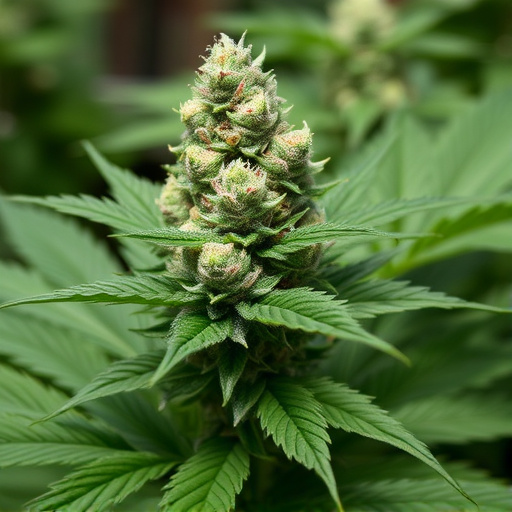
Cannabis flower potency, or the strength and concentration of its active compounds, is a topic of great interest for growers and consumers alike. Understanding what influences this quality is crucial when aiming to cultivate high-potency cannabis cup strains. Several key factors play a significant role in determining the final potency.
One of these factors is genetics, as different cannabis strains possess inherent variations in their chemical composition. Some strains naturally produce higher levels of tetrahydrocannabinol (THC), the primary psychoactive compound responsible for its intoxicating effects. Other important elements include growing conditions and cultivation techniques. Factors such as light intensity, temperature, humidity, and nutrient availability can all impact the plant’s ability to synthesize and accumulate cannabinoids like THC and cannabidiol (CBD). Additionally, curing and drying processes post-harvest significantly contribute to potency, as they allow for a more precise extraction of these valuable compounds from the flowers.
Techniques to Enhance Cannabis Potency for Optimal Results
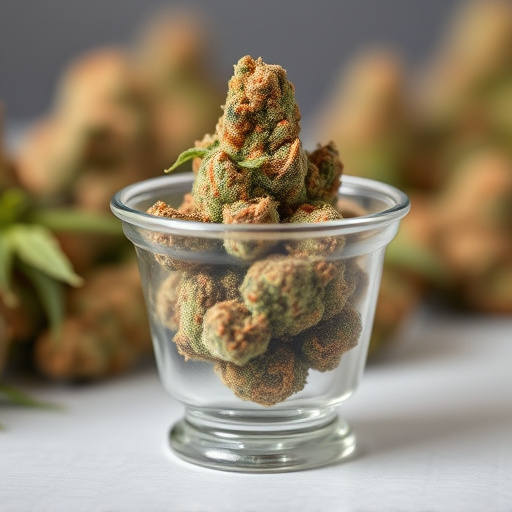
To enhance cannabis flower potency, cultivators can employ various techniques that focus on every stage of growth. One key area is choosing the right strain—a factor that directly influences final potency levels. High-CBD, low-THC strains are often sought after for their potential therapeutic benefits, while those with a balanced CBD:THC profile offer a more recreational experience with increased potency.
Beyond strain selection, environmental controls play a pivotal role. Optimizing light cycles, temperature, and humidity levels can significantly impact cannabinoid production. For instance, flowering plants under optimal conditions may produce more potent flowers due to higher terpene and cannabinoid concentrations. Techniques like top-up lighting, maintaining consistent temperatures between 65-75°F (18-24°C), and keeping relative humidity around 40-60% can contribute to the overall quality and potency of cannabis cup strains.
Cannabis Cup Strains: Cultivating High-Performance Flowers for Contests and Consumption
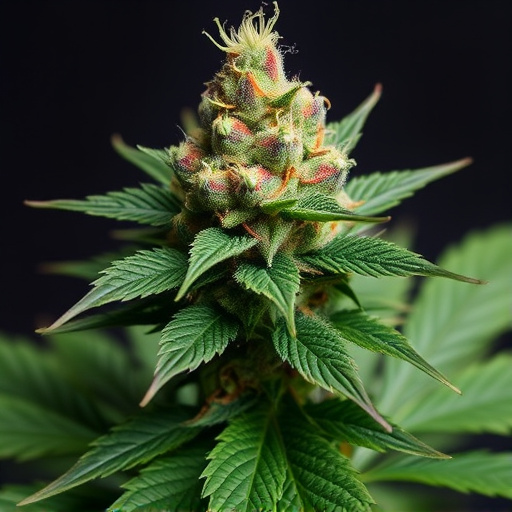
Cannabis Cup strains are a specialty among cultivators, aiming to produce flowers with exceptional potency and unique profiles for competitions and personal enjoyment. These strains often top the charts in various cannabis cup events, gaining recognition for their superior quality. Cultivating high-performance cannabis requires a meticulous approach, from careful selection of genetics to optimal growing conditions.
Specialized growers focus on maximizing terpene production and ensuring balanced cannabinoid profiles, such as elevated levels of THC and CBD. The art lies in creating an environment that encourages dense, resinous buds with robust flavors and aromas. Cannabis cup strains are not only about potency but also the overall experience they offer, making them a favorite among both competitors and cannabis enthusiasts seeking exceptional products.
Increasing cannabis flower potency involves understanding key factors like genetics, growing conditions, and cultivation techniques. By employing strategies outlined in this article—from optimizing environmental conditions to specific breeding practices—enthusiasts can nurture high-performance cannabis cup strains. These methods not only enhance flavor and aroma but also maximize the therapeutic benefits sought by consumers, ensuring a superior experience every time.
